My wife, Yulia, and I recently visited a Michelin-recommended restaurant in Rovinj, Croatia, called Puntulina. The food was quite good. The bottle of dessert wine—a local ice-wine, Bodren—was phenomenal. But, as you can see below, the evening’s main attraction was the view and a table so close to the sea that the Adriatic occasional spit water droplets onto my back as the waves slapped against the rocks below.
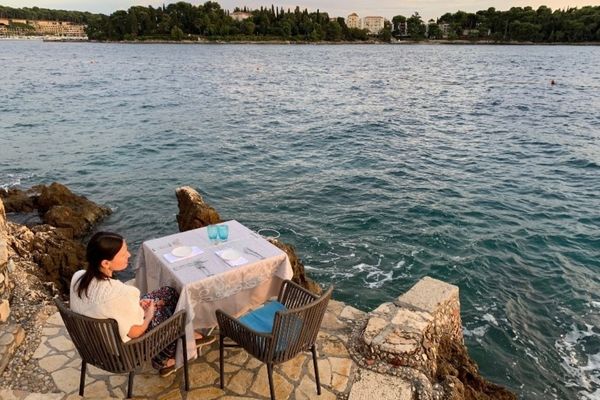
I share this photo because A) this place is gorgeous and I would highly recommend a visit to Rovinj, and B) Croatia’s Istrian Peninsula is now in the running to be our next home.
Let me catch you up…
Yulia and I live in Prague, a city we both adore, and where I am pursuing long-term Czech residency.
But for various reasons, we’re noodling the idea of relocating to be near the sea. Yulia grew up on the Black Sea in Crimea and wants to return to a coastal life. And most of my life has been spent near the water, either at my grandparents’ lakeside cabin (a shack, really) in South Louisiana, or for my jobs in Seattle, Los Angeles, and New York.
We both feel more content by the water. We both breathe easier in the fresh and cooling sea breezes. And we like the straight-from-the-ocean seafood.
As such, we spent a month this summer checking out coastal destinations across three countries: Lisbon and the Algarve in Portugal…Malaga, along Spain’s Costa del Sol…and Croatia’s Istrian Peninsula. And previously, we’ve explored a few Greek islands as well as Montenegro, where we were married on a hilltop overlooking the sea.
Having completed our recent travels, I want to say we’re now leaning toward Malaga or Croatia. Malaga is a truly beautiful, almost-tropical Mediterranean city, with a spectacular Old Town that is as clean and vibrant as it is ancient, and which is packed with everything you could want.
The Istrian Peninsula, meanwhile, is like Tuscany only cheaper. Olive groves and vineyards ripple across the rolling hills, while the Učka Mountain range serves as the backbone and the Adriatic the front yard. It’s a relaxing place with unspoiled scenery and small beaches and coves all over the place.
But really, today’s dispatch isn’t about Malaga vs. Croatia, or even about our pending move, per se.
See, as Yulia and I drove from Prague to Rovinj last week, I had a lot of time to think (it’s a nine-hour drive through the beautiful landscapes of the Czech Republic, Austria, and Slovenia). And what I realized at one moment is what my fellow Americans are missing: The opportunity to upgrade their lifestyle.
I know a lot of Americans dream of living near the sea. Yet in America, that’s quite the heavy lift for any wallet. There are very few affordable cities along America’s sea shores. Maybe a couple along the Gulf Coast, like Corpus Christi, Texas, or Morgan City, Louisiana, though having been to both, those are not my definition of “coastal living.”
Here in Europe, however, affordable coastal lifestyles are literally everywhere.
I have found some amazingly affordable rental properties on the Greek islands of Crete and Corfu, several for under $1,000 a month, with those right along the Aegean upwards of about $1,300.
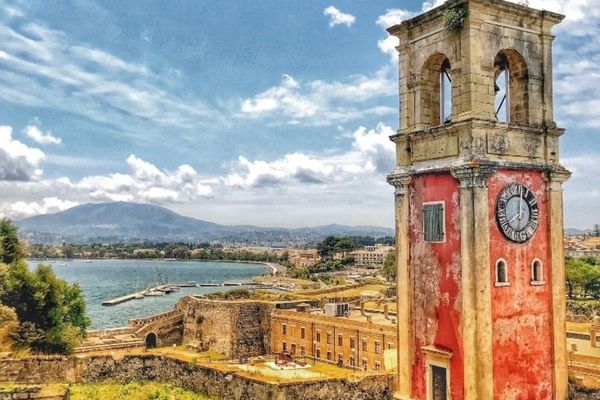
I saw some gorgeous apartments in Budva and Kotor, Montenegro, for about $1,200 a month. Both are lovely, Old-World cities that exhale history.
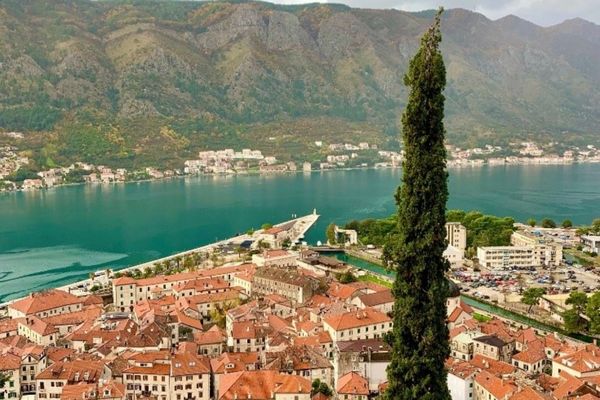
Apartments across the Algarve are in the same price range, and the place has a serious Southern California vibe.
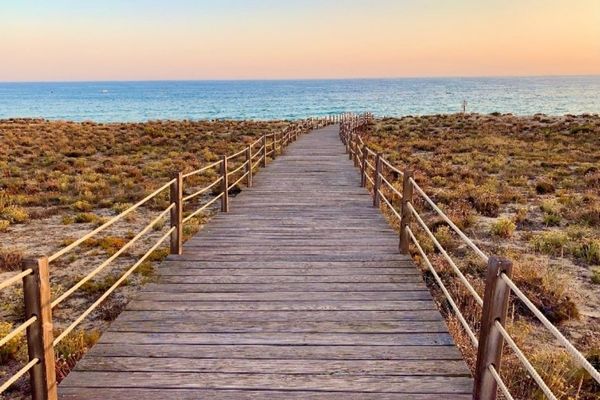
In Rovinj buying pastries one morning, I bumped into the landlord from whom we were renting our place for a week, and I asked her about local apartment costs. I told her by way of example that I pay about $1,700 per month for my 1,100-square-feet apartment in a leafy expat district in Prague. “For that, you’d live very well here,” she told me.
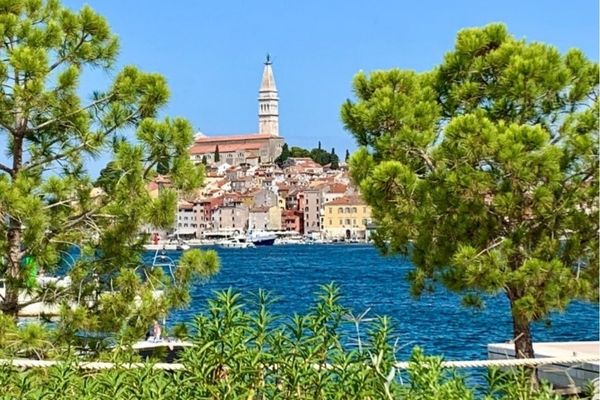
In Malaga, I saw a three-bedroom, 1,000-square-feet apartment, a few blocks from the Mediterranean for $1,000 a month. For just under $2,000 I could live directly across a wide walking/biking path from the beach.
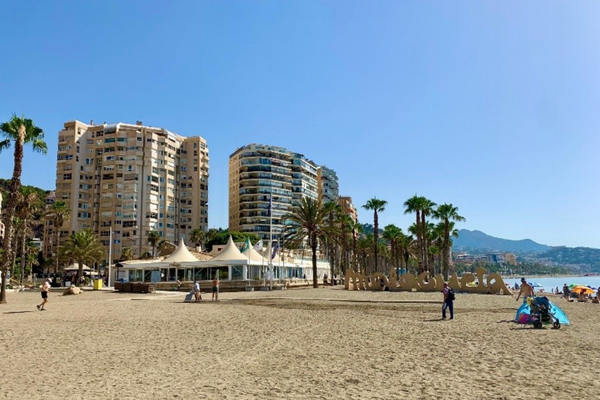
The point is simply that we’ve visited a number of cities so far that are really quite lovely. Beautiful places, one and all. And all very affordable—prices you simply cannot find, with the same ambiance and lifestyle opportunities, in coastal U.S. cities.
To be clear, that’s not a knock against America. It’s just the financial reality of costs along the U.S. coastline vs. costs along Europe’s Atlantic and Mediterranean coasts.
And these are just the places we’ve visited. An untold number of other coastal cities exist in other parts of Portugal and Spain, all along the Italian coast, in southern Croatia, and the Greek islands that we’re interested in seeing.
Yulia and I still aren’t certain where we will end up, but I know based on eyeballing apartments and some basic research on local expenses that our cost structure is going to be even lower than it is in Prague.
Ah, the joys of coastal living in Europe.
Not signed up to Jeff’s Field Notes?
Sign up for FREE by entering your email in the box below and you’ll get his latest insights and analysis delivered direct to your inbox every day (you can unsubscribe at any time). Plus, when you sign up now, you’ll receive a FREE report and bonus video on how to get a second passport. Simply enter your email below to get started.
